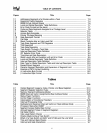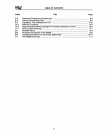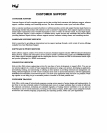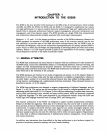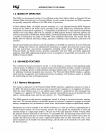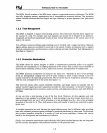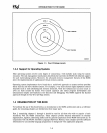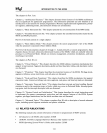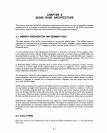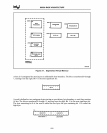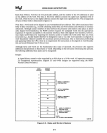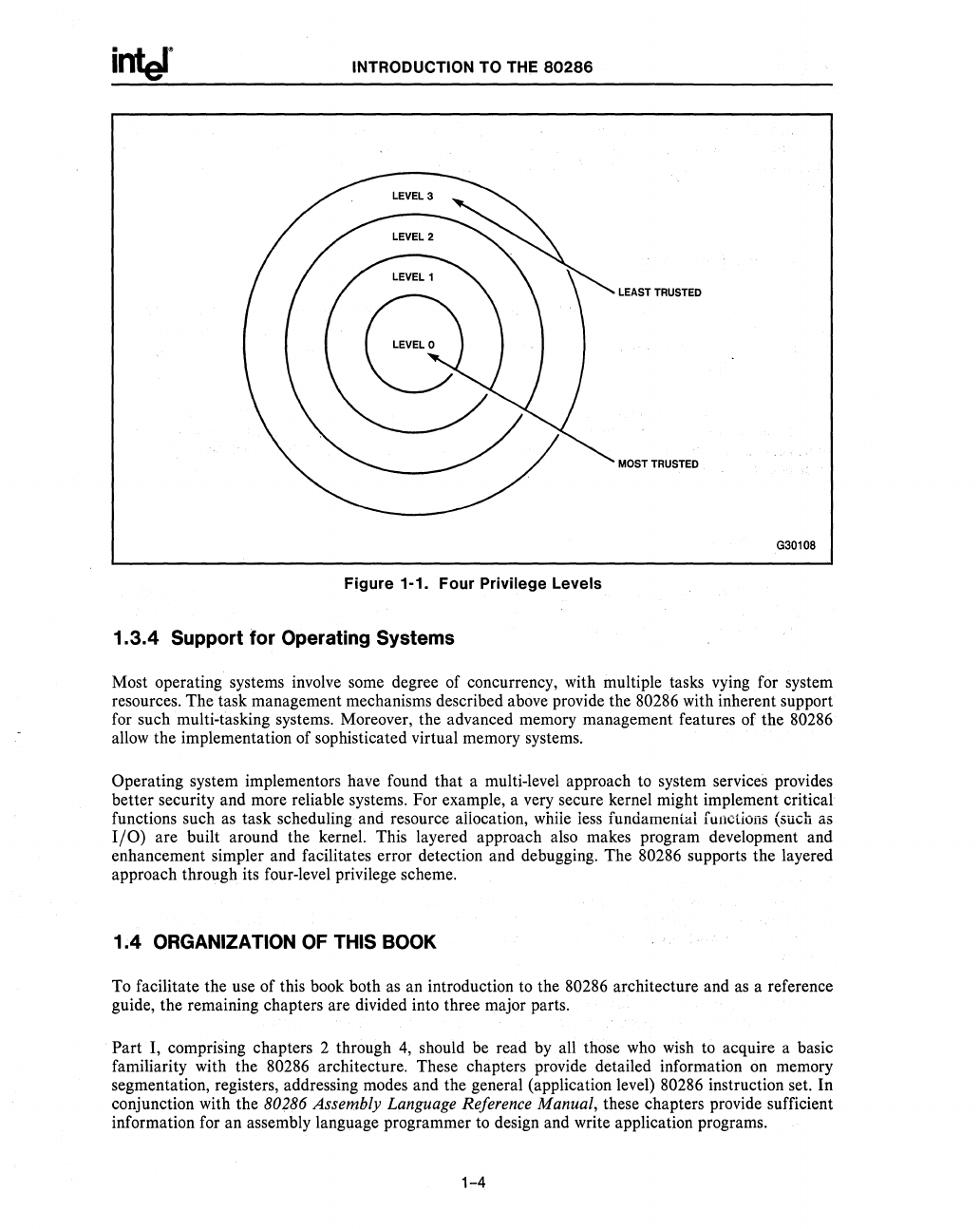
INTRODUCTION TO
THE
80286
LEAST TRUSTED
MOST TRUSTED
G30108
Figure 1-1. Four Privilege Levels
1.3.4
Support for Operating Systems
Most operating systems involve some degree of concurrency, with multiple tasks vying for system
resources. The task management mechanisms described above provide the
80286 with inherent support
for such multi-tasking systems. Moreover, the advanced memory management features of the
80286
allow the implementation of sophisticated virtual memory systems.
Operating system implementors have found that a multi-level approach to system services provides
better security and more reliable systems. For example, a very secure kernel might implement critical
functions such
as
task scheduling and resource aiiocation, while less fundamenlal [ulictions (such as
I/O)
are built around the kernel. This layered approach also makes program development and
enhancement simpler and facilitates error detection and debugging. The
80286 supports the layered
approach through its four-level privilege scheme.
1.4
ORGANIZATION
OF
THIS BOOK
To facilitate the use of this book both
as
an introduction to the 80286 architecture and
as
a reference
guide, the remaining chapters are divided into three major parts.
Part
I,
comprising chapters 2 through
4,
should be read by all those
who
wish
to acquire a basic
familiarity with the
80286 architecture. These chapters provide detailed information on memory
segmentation, registers, addressing modes and the general (application level)
80286 instruction set.
In
conjunction with the 80286 Assembly Language Reference Manual, these chapters provide sufficient
information for an assembly language programmer to design and write application programs.
1-4



